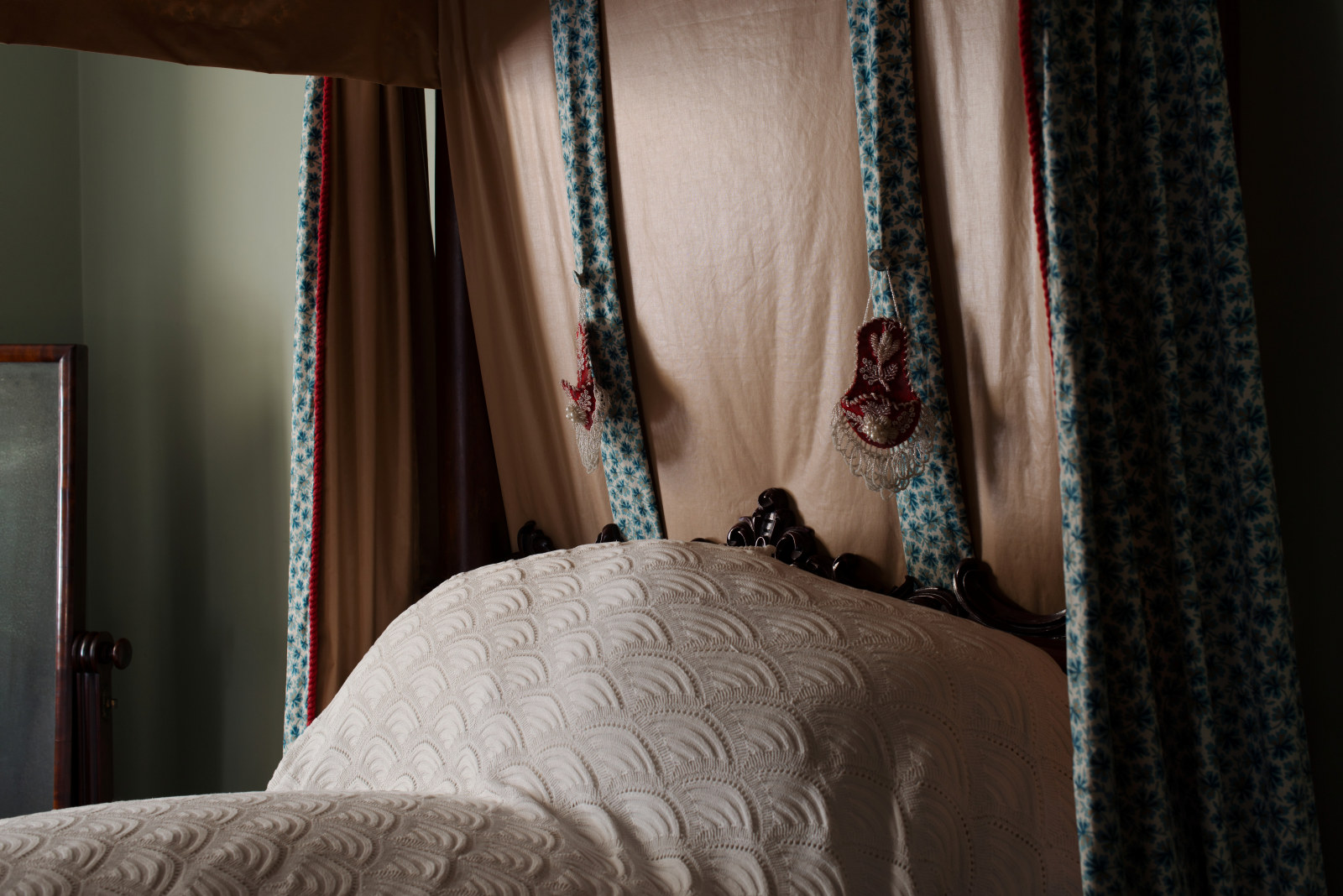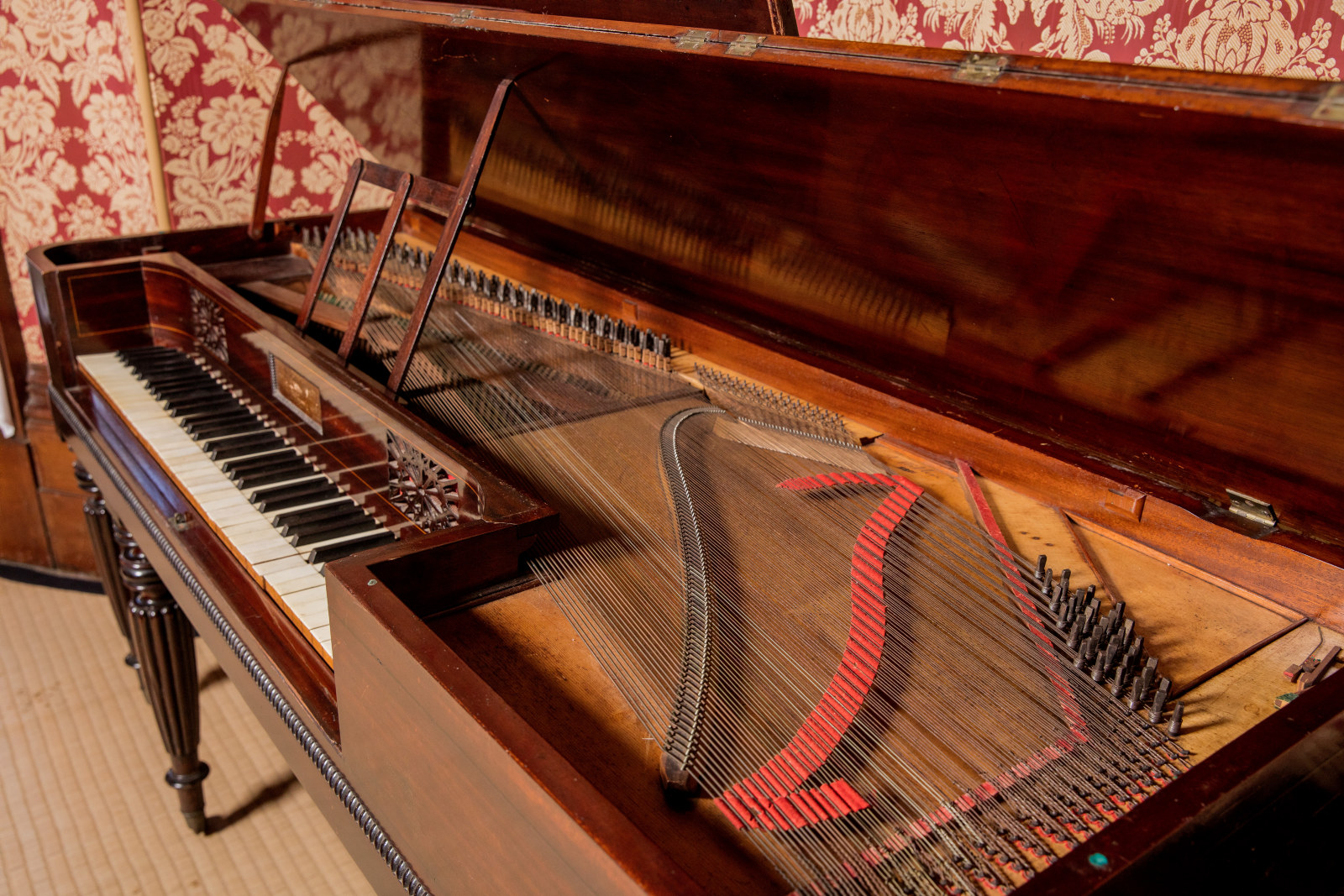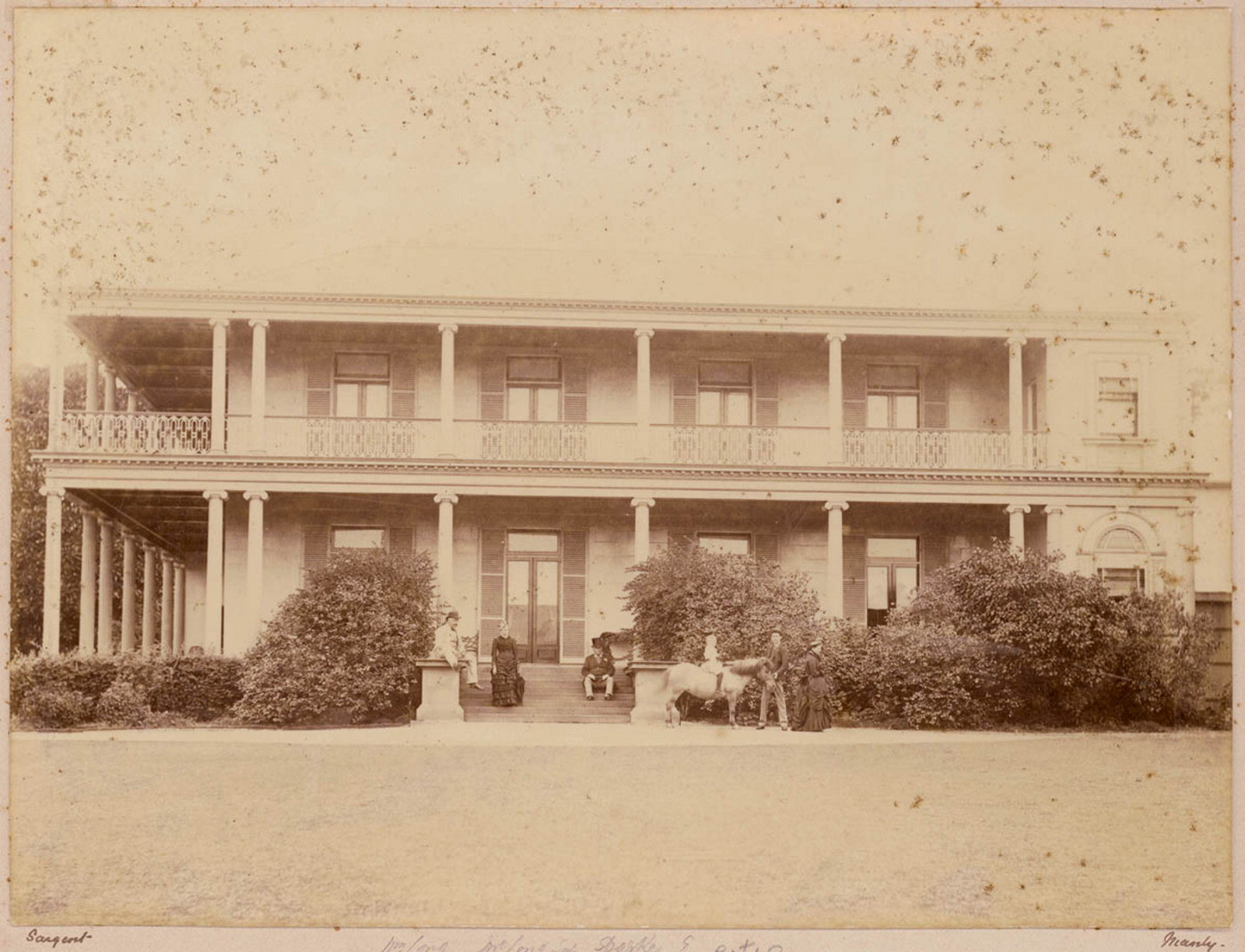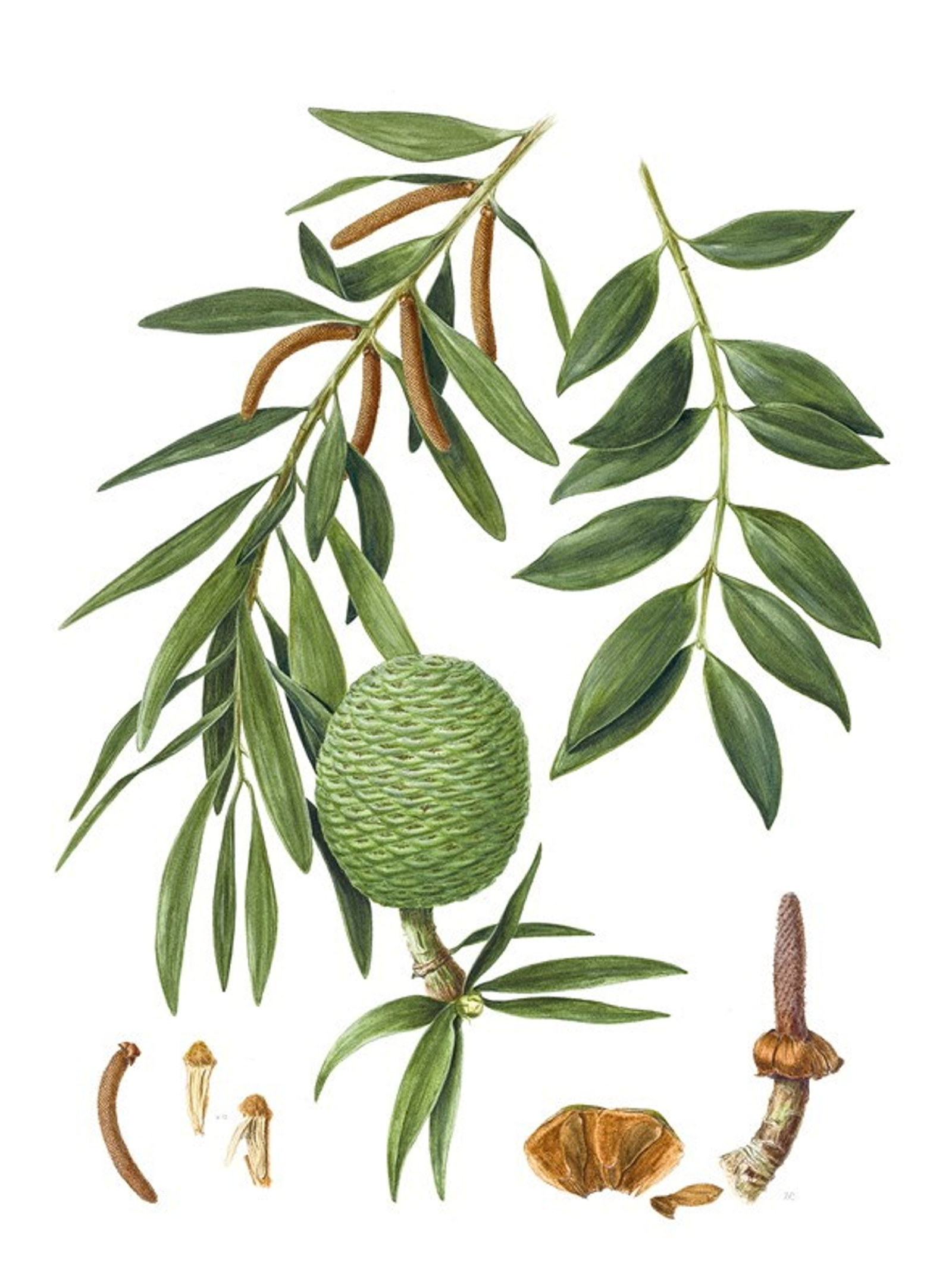Morning (and evening) devotions
This evocative study of Victorian family life, entitled Family Devotions, was recently added to the Elizabeth Bay House collection.
The acquisition, through the Australian Government’s Cultural Gifts program, also included the pair of this work – (entitled Evening devotions), an engraved portrait of Robert Waring Darwin (father of naturalist Charles Darwin), and an amateur oil painting of ‘St Mary Magdalene’ after Guido Reni, likely by a Macleay daughter.
All originally hung in the Macleay family’s country property, Brownlow Hill, Cobbitty, appearing in an inventory of its contents drawn up in February 1859 for its then owner George Macleay, younger son of Alexander Macleay. Whereas the majority of the pictures at Brownlow were probably once in the collection of Alexander Macleay and relocated from Elizabeth Bay House in 1845 following his financial downturn, the date of these engravings (ie 1841) suggests that Macleay’s younger son George (1809-1891) is more likely to have been their owner.
The represented scene is particularly effective for explaining the changing role of male figures within the household and society, and to the changing psychology of family relationships...
In its original bird’s eye maple veneer frame this engraving, by James Scott after Edward Prentis (London, 1841), depicts a fashionable couple in the breakfast room of their villa, probably located in one of the suburbs surrounding an early Victorian metropolitan centre. The father, as head of the household, reads aloud from Church of England’s Book of Common Prayer to his attentive wife and small child (sitting upright in an ‘Astley Cooper’ type posture chair), while two maids listen from the rear of the room.
With its wealth of finely observed incidental details - such as the crumb cloth on the floor, the hassock (padded footstool), the kettle boiling on the hob, the muffins on a trivet hooked onto the fender, the keys unlocking the tea caddy and the arrangement of hyacinth vases on the chimney piece - this engraving has informed the interpretation of the Elizabeth Bay House breakfast room. The represented scene is particularly effective for explaining the changing role of male figures within the household and society, and to the changing psychology of family relationships within 19th century British and colonial life. This genre scene may be considered along with other records and remnants of the Macleay family’s art collection for what they reveal of the history of Taste. Genre painting, a revival of a Dutch 17th-18th tradition that typically used a wealth of detail to comment on the human condition, was a significant theme in the Scottish school of painting at the beginning of the nineteenth century as typified by the work of painters such as David Allen and Sir David Wilkie (1785-1841). Alexander Macleay was a member of the Society for the Promotion of Fine Arts in Scotland, formed in 1833, which promoted artists’ work (including work in the genre tradition) through exhibitions and disseminating engravings. The subjects of the works are themselves significant for the insights they give into the Macleay family’s Tory conservative social and political views (the Tories being historically supportive of the Church of England).
Both Morning and Evening Devotions and the St Mary Magdalene can be seen in the Elizabeth Bay House breakfast room. The portrait of Robert Waring Darwin has been hung in the library.
Published on
Related

Watch pockets
Watch pockets hung on the head cloth of a four-post bedstead and originally served in place of bedside tables, which were uncommon in the 19th century

Here and there: concert playlist
Experience a concert at Elizabeth Bay House showcasing a magical evening contrasting two different musical worlds

Tusculum
Saved from demolition in the 1980s, Tusculum represents a highpoint in Regency architectural design in Australia

Florilegium plants
Queensland kauri pine
The kauri’s journey from the rainforests of Queensland to the garden at Elizabeth Bay illustrates the close links between gentlemen gardeners and the Botanic Garden
